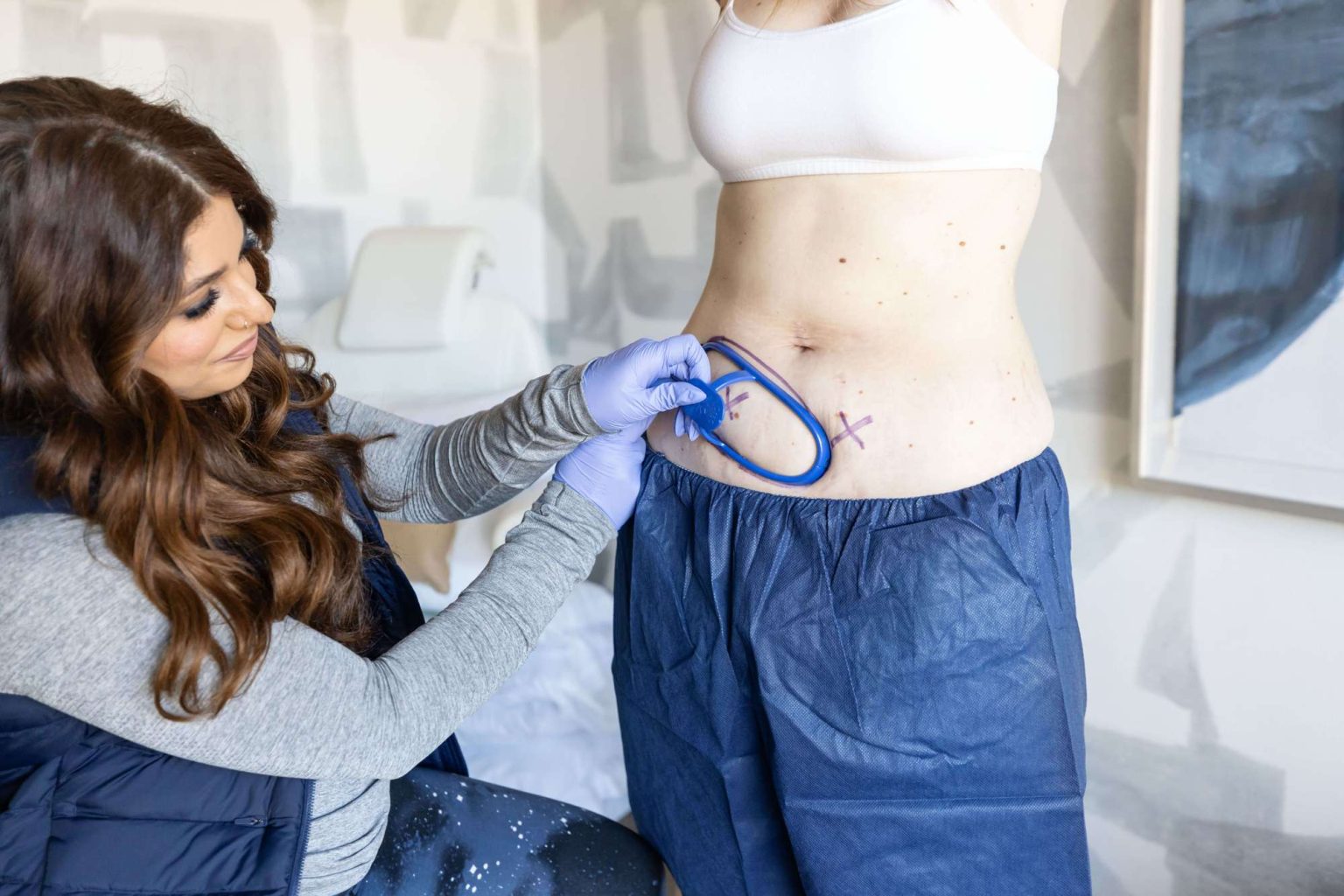
In 2021, a new player took the plus-size fashion market by storm: BloomChic. This Los Angeles-based brand quickly gained popularity among women sizes 10-30, offering affordable and stylish clothing options. With its motto, “live with ease, dress with joy,” BloomChic aims to empower plus-size women through fashion. But as the brand’s popularity soars, it’s essential to ask: is BloomChic fast fashion? In this article, we’ll take an honest look at BloomChic’s business practices, product quality, and sustainability efforts to determine whether it falls under the fast fashion category.
What is BloomChic?
BloomChic is a plus-size clothing brand based in Los Angeles, California. Founded in 2021, the company’s mission is to provide affordable, size-inclusive apparel for women sizes 10-30. By catering to an often underserved market, BloomChic has quickly gained a loyal following among plus-size consumers who appreciate the brand’s stylish designs and accessible prices.
Is BloomChic Fast Fashion? Our Honest Opinion
After carefully assessing BloomChic’s business model, sustainability efforts, and product quality, it’s evident that the brand falls under the fast fashion category, despite its commendable mission to promote size inclusivity and body positivity in the fashion industry. The company’s reliance on synthetic, non-biodegradable materials like polyester and rayon, which are known to have a significant environmental impact, is a clear indication of its fast fashion practices.
BloomChic’s Success in the Plus-Size Market
Since its launch, BloomChic has experienced rapid growth in the plus-size market. According to a report by Coresight Research, the plus-size fashion market is expected to reach $696 billion by 2023, demonstrating the immense potential for brands like BloomChic. By offering trendy, affordable clothing in a wide range of sizes, BloomChic has tapped into a market that has long been overlooked by traditional fashion brands.
Defining Fast Fashion
To determine whether BloomChic qualifies as fast fashion, it’s essential to understand what the term means. Fast fashion refers to a business model that prioritizes quick production and low prices over sustainability and ethical practices. Characteristics of fast fashion brands include:
- Rapid production cycles
- Low-quality, disposable clothing
- Synthetic fabrics like polyester and rayon
- Poor working conditions for garment workers
- Significant environmental impact
Evaluating BloomChic’s Business Practices
To assess whether BloomChic falls under the fast fashion category, let’s examine its production process and supply chain. While BloomChic does not disclose detailed information about its manufacturing practices, the brand’s low prices and frequent new arrivals suggest a fast fashion-like business model.
However, it’s worth noting that BloomChic has taken some steps towards sustainability. The brand claims to use eco-friendly packaging materials and has a recycling program for its customers. Additionally, BloomChic has partnered with organizations like the National Size Inclusivity Coalition to promote diversity and inclusivity in the fashion industry.
BloomChic’s Product Quality and Customer Feedback
One of the hallmarks of fast fashion is low-quality, disposable clothing. To gauge the quality of BloomChic’s products, we analyzed customer reviews and feedback. Overall, customers seem satisfied with the fit and style of BloomChic’s clothing, with many praising the brand’s size inclusivity and affordable prices.
However, some customers have reported issues with fabric quality and durability. Many of BloomChic’s items are made from synthetic fabrics like polyester and rayon, which are common in fast fashion garments. These materials are less breathable and may not hold up well over time.
The Pros and Cons of BloomChic’s Approach
While BloomChic’s affordable, size-inclusive clothing has undoubtedly benefited many plus-size consumers, it’s essential to consider the potential drawbacks of the brand’s fast fashion-like business model.
Pros:
- Affordable prices make fashion accessible to a wider range of consumers
- Size inclusivity promotes body positivity and empowerment
- Trendy styles allow plus-size women to participate in current fashion trends
Cons:
- Fast fashion production can lead to poor working conditions for garment workers
- Synthetic fabrics have a significant environmental impact
- Low-quality, disposable clothing contributes to textile waste
Alternatives to Fast Fashion in the Plus-Size Market
For plus-size consumers looking for more sustainable and ethical fashion options, there are alternatives to fast fashion brands like BloomChic. Some examples include:
- Eileen Fisher: Offers plus-size clothing made from sustainable materials
- Girlfriend Collective: Uses recycled materials to create size-inclusive activewear
- Universal Standard: Provides high-quality, long-lasting basics in sizes 00-40
However, it’s important to acknowledge that sustainable and ethical fashion options are often more expensive and may not be accessible to all consumers.
Conclusion
After examining BloomChic’s business practices, product quality, and sustainability efforts, it’s clear that the brand shares some characteristics with fast fashion companies. While BloomChic has taken some steps towards sustainability, its low prices, synthetic fabrics, and rapid production cycle suggest a fast fashion-like approach.
However, it’s essential to recognize the value that BloomChic provides to plus-size consumers who have long been underserved by the fashion industry. By offering affordable, stylish clothing in a wide range of sizes, BloomChic has helped to promote inclusivity and body positivity.
Ultimately, the decision to support BloomChic or other fast fashion brands is a personal one that requires weighing the benefits of accessibility and affordability against the environmental and ethical costs. As consumers, we have the power to demand more sustainable and ethical practices from the fashion industry and to support brands that align with our values.
Did you know that there are over 8.7 million known species of animals on our planet? This staggering diversity highlights how each creature contributes to the intricate web of life. From the tiniest insects to the largest mammals, animals play essential roles in ecosystems and our lives. This article aims to give a thorough overview of the animal kingdom, exploring its diversity, significance, and our complex interactions with the fascinating world of fauna.



